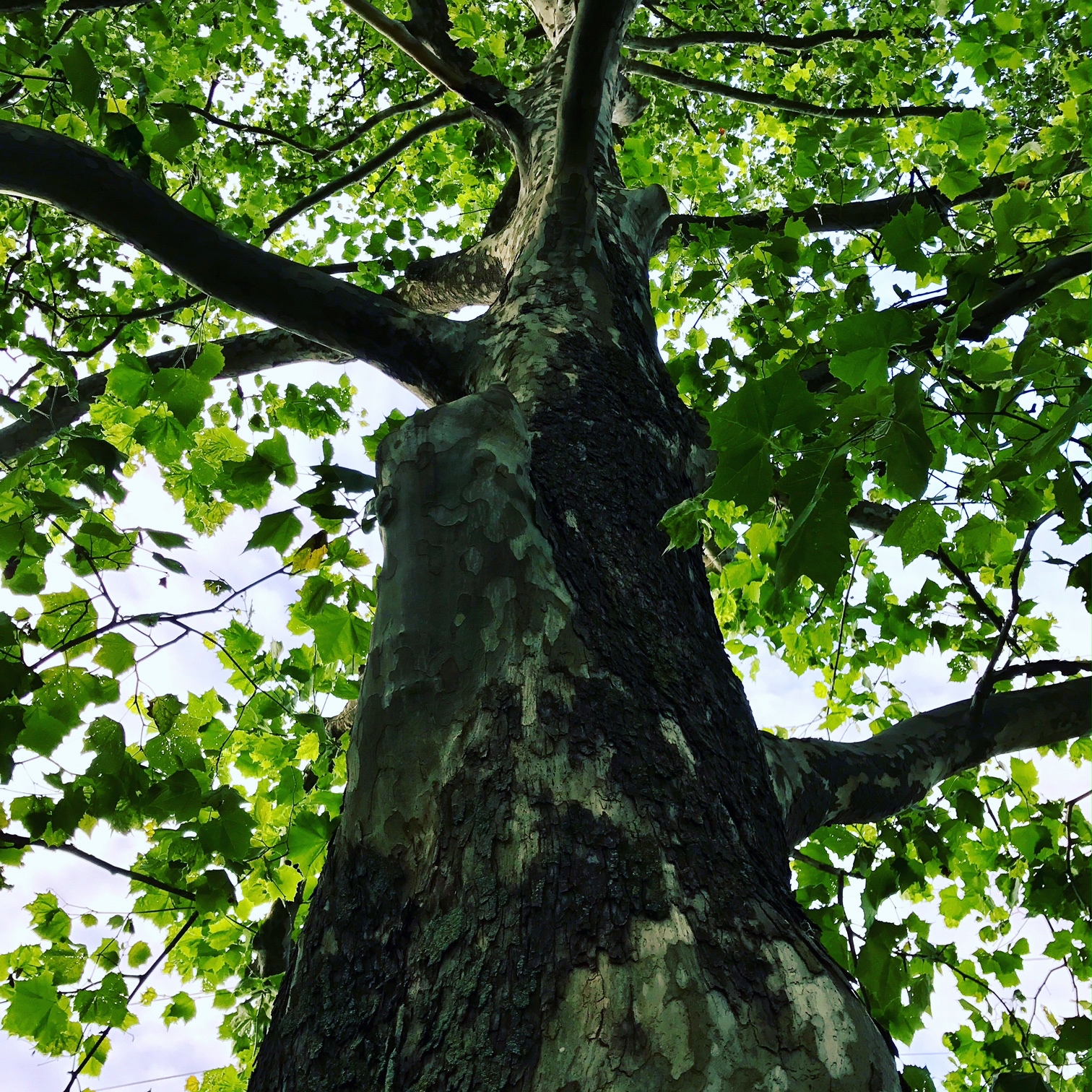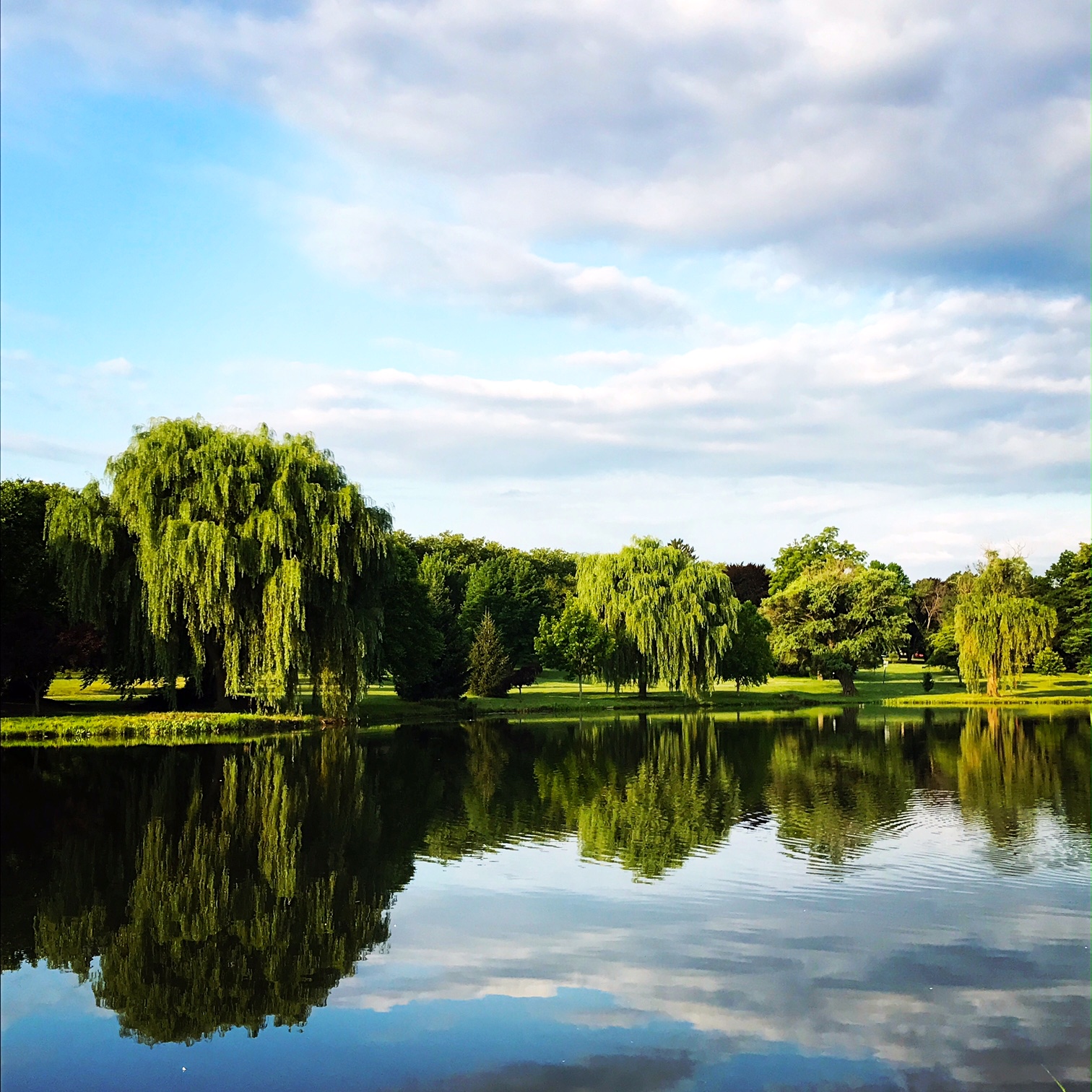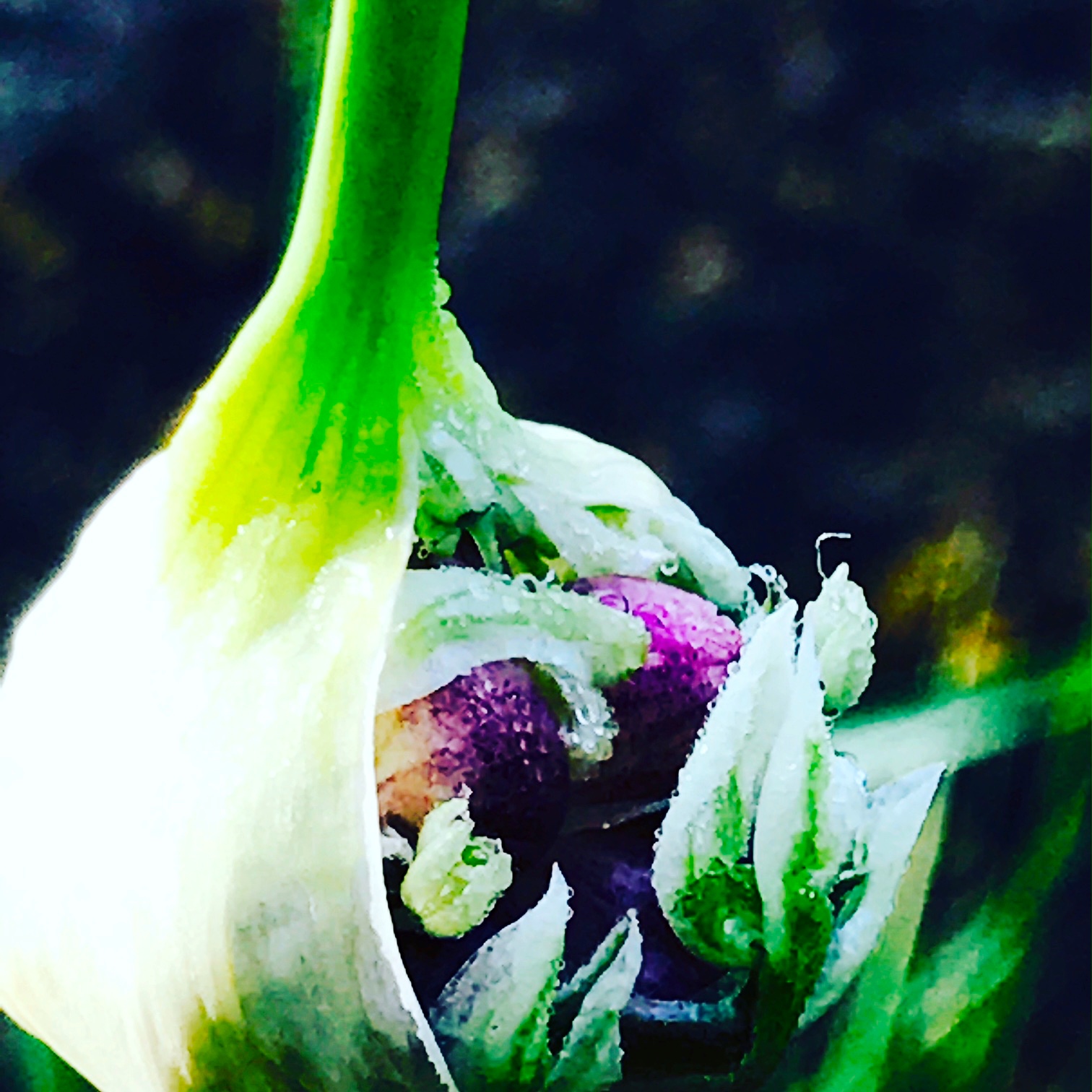#NewThisDay Writing From My Photo Stream
Sycamore at Muhlenberg College, Chew Street
Woman in Tree Bark, (Image taken on Saturday, Cedar Creek Park)
Muhlenberg College, Chew Street
“Platanus occidentalis, also known as American sycamore, American planetree, occidental plane, and buttonwood, is one of the species of Platanus native to North America. ”
Since I'm teaching at a writing conference all week, I also attend workshops myself, and Saturday I began working in a friend's mixed media class. We're making oracle cards to guide our writing lives.
On Saturday, after Friday's heavy downpours, I saw the image of a woman sculpted in a sheet of bark on the grass by Cedar Creek. I took her picture. I didn't know, at that moment, what kind of tree sheds such lovely scraps of bark.
“An American sycamore tree can often be easily distinguished from other trees by its mottled bark which flakes off in great irregular masses, leaving the surface mottled, and greenish-white, gray and brown. The bark of all trees has to yield to a growing trunk by stretching, splitting, or infilling; the sycamore shows the process more openly than many other trees. The explanation is found in the rigid texture of the bark tissue which lacks the elasticity of the bark of some other trees, so it is incapable of stretching to accommodate the growth of the wood underneath, so the tree sloughs it off.”
“In ancient Greece and Rome: the instrument, agency, or medium (usually a priest or a priestess) through which the gods were supposed to speak or prophesy; the mouthpiece of the gods. ”
This morning, as I was walking, I had the impulse to collect some bark and bring it to the workshop. Easily, I found the tree near Cedar Creek and scooped up lots of scraps. Nearing campus, along the main street in front of the college, I noticed more bark littering the ground. Here, the trees were labeled by the college, and so I learned my oracle springs from the bark of the American Sycamore.
All photos and text by Kelly DuMar 2017, unless otherwise attributed





